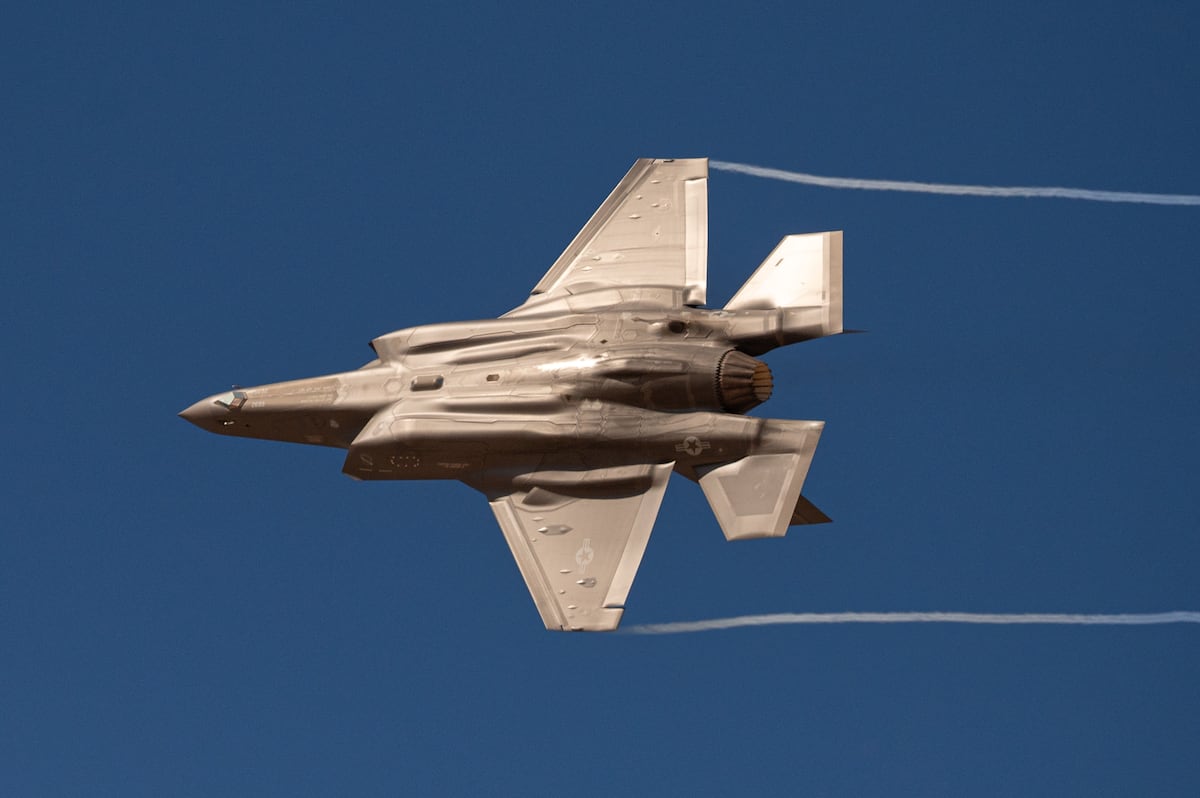US Deploys F-35s Amidst Continued Houthi Strikes: Escalating Tensions in Yemen
The ongoing conflict in Yemen has taken a sharp turn as the United States has deployed F-35 stealth fighter jets to the region in response to continued Houthi attacks. This significant escalation raises concerns about a potential wider conflict and underscores the volatile security situation in the Arabian Peninsula.
Houthi Attacks Trigger US Response:
The deployment of F-35s follows a series of increasingly sophisticated attacks by the Houthi rebels, a group backed by Iran, against Saudi Arabia and other regional allies. These attacks, which have targeted oil infrastructure and other critical facilities, have highlighted the growing capabilities of the Houthis and their willingness to engage in high-stakes military actions. The recent strikes, utilizing advanced drone technology and ballistic missiles, have prompted a strong response from the US and its allies.
- Increased sophistication of Houthi attacks: The use of more advanced weaponry demonstrates a potential increase in Iranian support for the Houthi rebels, raising alarm bells about regional stability.
- Targeting of critical infrastructure: The Houthis' deliberate targeting of oil refineries and other key infrastructure emphasizes their strategic aim to disrupt the regional economy and destabilize the region.
- US commitment to regional allies: The deployment of F-35s signals a clear US commitment to supporting its allies in the region and deterring further attacks.
F-35 Deployment: A Show of Force and Deterrence?
The deployment of the technologically advanced F-35s represents a significant escalation in the US response to the Houthi attacks. These stealth fighters offer unparalleled capabilities in terms of surveillance, precision strikes, and air superiority, making them a powerful deterrent against further aggression. The move is interpreted by many analysts as a clear message to both the Houthis and Iran to cease their attacks.
Geopolitical Implications and Potential Risks:
This escalation carries significant geopolitical implications. The increased US military presence in the region could further inflame tensions and potentially lead to unintended consequences. There's a risk of an unintended confrontation leading to a wider conflict. The situation also underscores the complex interplay of regional and international actors involved in the Yemeni conflict.
- Increased risk of escalation: The presence of F-35s, while a deterrent, also increases the risk of escalation should direct confrontation occur.
- Iranian involvement: The ongoing debate about the extent of Iranian support to the Houthis remains a key factor influencing the trajectory of the conflict.
- Humanitarian crisis: The ongoing conflict continues to fuel a devastating humanitarian crisis in Yemen, further exacerbating the complexities of the situation.
What's Next?
The situation in Yemen remains extremely volatile. The deployment of F-35s represents a significant development, but its long-term impact remains to be seen. The international community must continue to exert pressure to find a peaceful resolution to the conflict and address the underlying causes of instability in the region. The focus needs to shift towards a diplomatic solution to prevent further escalation and alleviate the suffering of the Yemeni people.
Keywords: Yemen conflict, Houthi rebels, F-35 deployment, US military, Saudi Arabia, Iran, Middle East, Geopolitics, Regional security, Humanitarian crisis, Stealth fighter jets, Drone attacks, Ballistic missiles.
Call to Action: Stay informed about the latest developments in the Yemen conflict by following reputable news sources and engaging in informed discussions about potential solutions. Supporting humanitarian efforts for Yemen is also crucial in alleviating the suffering of the Yemeni people.

